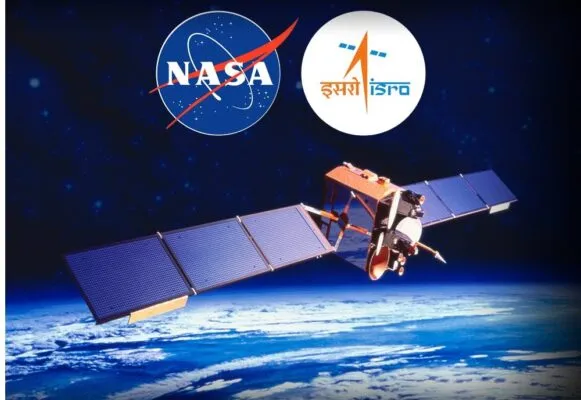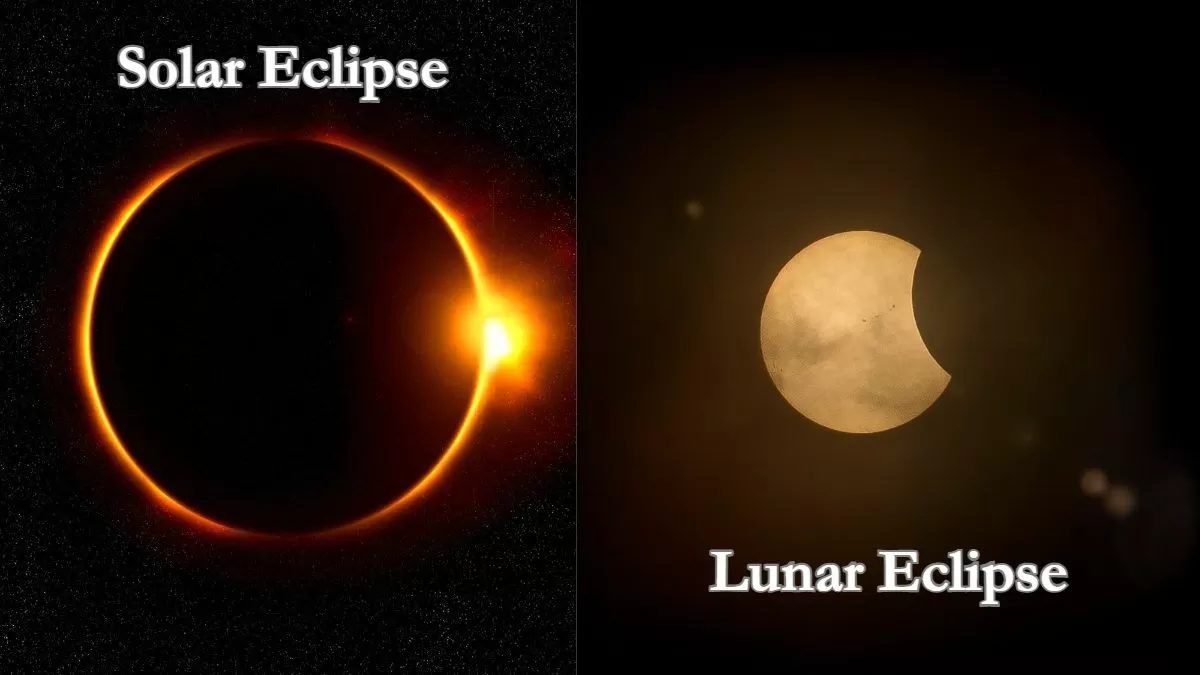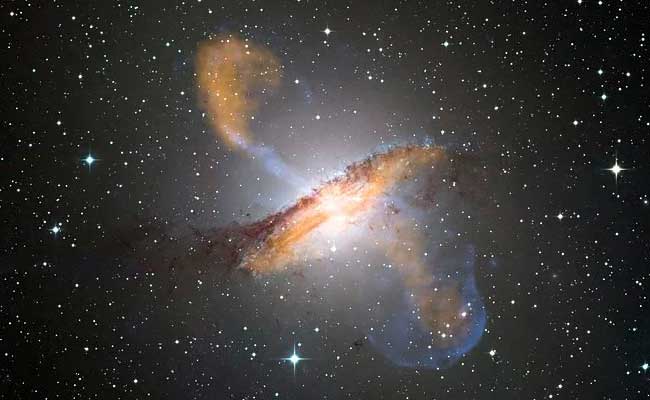Space exploration has become a symbol of scientific progress and national pride. Among the most renowned space agencies in the world, NASA (National Aeronautics and Space Administration) of the United States and ISRO (Indian Space Research Organisation) of India stand out. While both agencies have contributed significantly to space science, their strategies, achievements, and global impact differ. This article explores NASA vs ISRO, highlighting their missions, technological capabilities, and contributions to humanity.
Overview of NASA
Founded in 1958, NASA is the United States’ premier space agency responsible for the nation’s civilian space program and aerospace research. It was established in response to the Soviet Union’s successful launch of Sputnik in 1957. NASA’s primary goals include exploring space, advancing aeronautics, and conducting scientific research for the benefit of humanity.
NASA has made numerous landmark achievements, including the Apollo moon missions, the Mars Rover projects, and the Hubble Space Telescope. Its budget allows for large-scale, high-risk missions, pushing the boundaries of space science and technology. NASA’s collaboration with private companies like SpaceX has further revolutionized space exploration by introducing reusable rockets and commercial space travel.
Overview of ISRO

In contrast, ISRO, founded in 1969, operates under the Department of Space, Government of India. Its mission focuses on space technology development and its applications for national development. ISRO is renowned for its cost-effective and efficient space missions, achieving significant milestones on relatively modest budgets.
ISRO’s key achievements include the Chandrayaan and Mangalyaan missions, which explored the Moon and Mars, respectively. Notably, the Mars Orbiter Mission (MOM) made India the first country to reach Mars orbit on its maiden attempt, highlighting ISRO’s precision and strategic planning. ISRO also prioritizes satellite technology for communication, weather monitoring, and disaster management, directly impacting millions of people.
Technological Capabilities: NASA vs ISRO
When comparing NASA vs ISRO in terms of technology, both agencies have unique strengths. NASA is at the forefront of cutting-edge aerospace research, advanced propulsion systems, and interplanetary missions. Its deep space exploration capabilities and human spaceflight programs demonstrate its technological superiority and extensive resources.
ISRO, on the other hand, excels in cost-effective engineering. Despite having a smaller budget, it has successfully launched multiple satellites, navigational systems like IRNSS, and ambitious planetary missions. ISRO’s ability to deliver maximum impact with minimal resources is widely admired globally.
Major Achievements
NASA Achievements
- First humans on the Moon (Apollo 11)
- Mars exploration with Curiosity and Perseverance rovers
- Deployment of the Hubble Space Telescope and James Webb Space Telescope
- International collaboration through the International Space Station (ISS)
ISRO Achievements
- Mars Orbiter Mission (Mangalyaan) – Mars exploration at low cost
- Chandrayaan Missions – Lunar exploration and water detection on the Moon
- PSLV Launches – Affordable and reliable satellite deployment
- NavIC System – India’s regional navigation satellite system
NASA vs ISRO: Budget and Global Influence
NASA operates with a substantial annual budget exceeding $25 billion, enabling large-scale projects and high-risk missions. ISRO’s budget is comparatively modest, around $1.9 billion, yet it achieves remarkable results, demonstrating efficiency and strategic resource management.
Globally, NASA sets standards for space exploration, influencing international space policies and collaborating with countries worldwide. ISRO has gained a reputation for cost-effective space solutions and emerging as a global satellite launch provider, boosting India’s soft power in the space sector.
While NASA and ISRO differ in scale, budget, and objectives, both contribute significantly to humanity’s understanding of space. NASA excels in cutting-edge research and high-budget exploration, while ISRO sets benchmarks in efficiency and cost-effective space missions. The comparison of NASA vs ISRO highlights the diversity in approaches to space exploration, showing that innovation is not limited by resources alone. Collaborative efforts between these agencies could pave the way for a future where space exploration benefits all of humanity.
Discover the Best Telescopes for Amateur Astronomers
Read Also: Education Website Design
![]()





